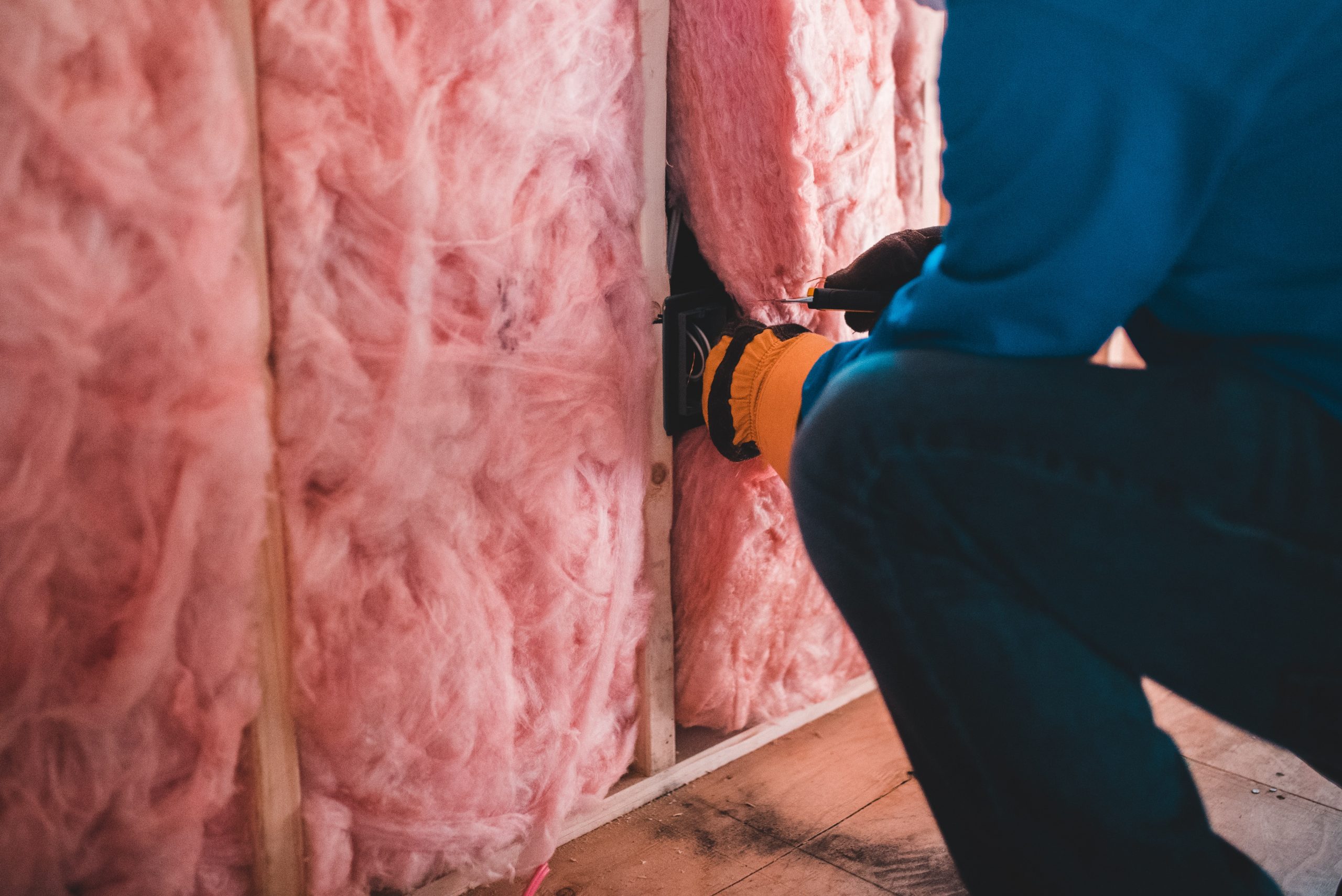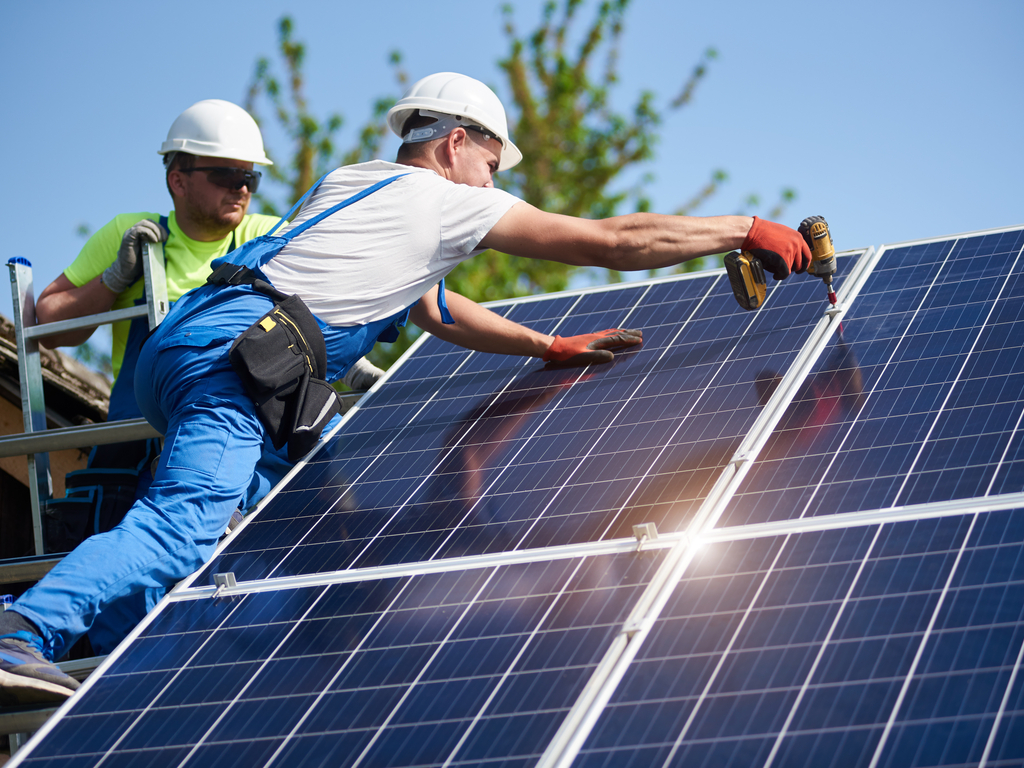Housing is one of the most widely discussed topics in the media today, and many people are looking for solutions to rising prices and crippling shortages.
While energy efficiency is often seen as an ancillary problem within the housing market, energy-efficient homes can offer solutions to many of the problems we face in the housing market.
Energy efficiency upgrades, such as new appliances and using recycled materials, can save builders money, boost production, save on emissions, and even save consumers money in the long run.
As younger generations enter the housing market, the overwhelming data shows that environmental conservation is an extremely important issue, especially when it comes to purchasing houses. Not only is there greater demand for more energy efficient houses, but research shows that consumers would be willing to pay more for homes with higher energy scores.
Let’s explore the basic factors of energy-efficient construction and how builders can improve their energy efficiency to meet rising demand.
What Is Energy Efficiency In Construction?
In construction, energy efficiency plays a crucial role not just in reducing energy bills but also in mitigating the environmental impact of the building industry. It goes beyond residential settings, touching every aspect of construction projects from planning to completion. You may not know that buildings are responsible for 40% of total greenhouse gas emissions due to the amount of energy they consume during construction and afterward.
When you think of energy efficiency, shutting down appliances that aren’t in use and moving to bulbs that consume less energy is often what comes to mind. That’s because taking small steps like this reduces the amount of energy you waste in your home. Well, the same concept applies to construction sites.
There are many ways to waste energy on a sizable project. For example, tools left plugged in, an excess of lighting, and charging equipment can ruin efficiency if they aren’t kept in check.
Things get a little more complicated as you consider the project’s design. How a building is designed, what lights are used, and the layout of systems necessary to run it directly impact energy efficiency.
In other words, using cordless tools whenever possible isn’t all there is to consider. Concerning yourself with efficiency can define the very nature of the project from start to finish and long after that.
Why Are Energy Ratings Necessary for Construction?
Increasing energy efficiency is a great way to boost profitability. After all, a structure that consumes less energy provides substantial operational savings. Plus, consumers are willing to pay more if they think they’ll save more in the long run.
This is why many construction projects aim for certifications like LEED (Leadership in Energy and Environmental Design) or BREEAM (Building Research Establishment Environmental Assessment Method), which help ensure that buildings meet high standards of sustainability. Furthermore, EnergyStar guidelines can be used to guide builders in the latest energy-efficiency technologies. Acquiring high energy ratings demonstrates to consumers your commitment to sustainability and the positive impact of your work.
Five Ways to Boost Energy Efficiency
Increasing energy efficiency can boost profits, increase consumer satisfaction, and help reduce the environmental impact of work. The following are five crucial factors to consider when constructing an energy-efficient building.
1. Building design
The most significant way to reduce energy consumption is by designing the building properly. How it sits in relation to the sun, where the windows are located, and the size of windows and doors all affect how much power a building takes to run.
Using design elements like shading devices, passive solar heating, and building orientation to maximize natural heating and cooling can significantly reduce energy needs.
Consider how these elements use natural lighting to their advantage and how they impact heating and cooling, and you’ll see how the right design can require less lighting and put less demand on HVAC systems.
2. Insulation
High-quality insulation in walls, roofs, and floors prevents unwanted heat exchange, meaning the HVAC systems won’t have to work as hard, thus saving energy. Modern insulation materials, like spray foam or insulated concrete forms (ICFs), can be particularly effective.
By some estimates, brand-new insulation can reduce energy consumption by up to 20%.
As the design of the building can use lighting and natural heating or cooling to its advantage, proper use of insulation can amplify those effects. Perhaps you can consider this part of building design, but the right type of insulation is just as important as where it’s placed.
3. HVAC
HVAC systems draw more power than any single appliance in your home. By pairing the latest models with effective placement and ventilation design, you can dramatically lower the amount of energy this system consumes.
Heat recovery ventilators (HRVs) and energy-efficient heat pumps can further reduce the energy needed for heating and cooling while maintaining indoor comfort levels.
4. Lighting implementations
As with heating and cooling, natural lighting will only get you so far. Interior and exterior lighting are necessary to breach the gap the sun can’t clear. By using LED and other low-consumption lighting sources, you ensure the effort of installing those skylights and larger windows doesn’t go in vain.
In addition to using LED lights, smart lighting systems that use motion sensors and timers can ensure that lights are only used when needed, reducing unnecessary energy consumption.
5. Solar power
Solar panels are expensive upfront, but they do tend to pay for themselves within a decade.
Furthermore, they help to make the building less dependent on other energy sources, lowering the number of resources required to keep it running.
In addition to electricity, solar thermal systems can be used to provide hot water, further reducing the building’s energy footprint.
Are There Other Ways to Promote Efficiency?
Cutting energy consumption during the construction process ultimately comes down to tight management and keeping up with maintenance. Making sure tools aren’t left plugged in, lights aren’t left running, and small things like that add up in the long run.
Something easy to overlook, however, is the condition of the equipment being used. Neglected power tools and machinery consume more energy during operation. Similarly, heavy machinery, if poorly maintained, can have a dramatic increase in fuel consumption. Conducting regular maintenance not only extends the life of these tools but also keeps them running efficiently, saving both energy and costs. However, keeping up with the internals and keeping the equipment clean can significantly reduce consumption.
Another key aspect is optimizing logistics during construction. By planning the delivery of materials effectively, you can reduce transportation energy. On-site practices like recycling materials and using prefabricated components can also save time and reduce the energy footprint.
For assistance, reach out to an energy consultant who can help you draft a design plan and purchase energy-efficient materials that optimize consumption.
The most important takeaway is that the goal is to achieve a sustainable future. There’s no secret that our current lifestyles aren’t doing the people of tomorrow any favors. Construction is a significant contributor to this issue, and it’s essential we continuously reduce the impact with every last project.
FAQs
How can construction companies reduce energy consumption on-site?
Companies can reduce energy consumption by maintaining equipment properly, reducing idling times for machinery, managing tools efficiently, and optimizing logistics to minimize waste and fuel usage.
What role do certifications like LEED play in energy-efficient construction?
LEED and similar certifications set benchmarks for sustainability, encouraging buildings to meet higher energy efficiency standards, use better materials, and adopt green practices that lower environmental impact.


